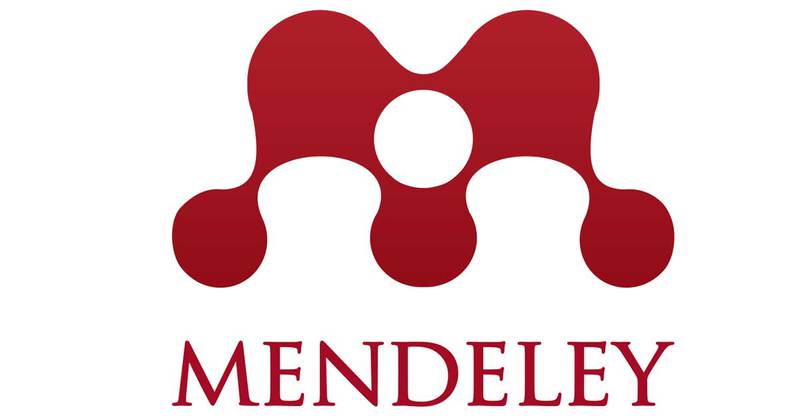Tradition of Tetesan in Central Java
DOI:
https://doi.org/10.22219/jpa.v7i1.24132Keywords:
tetesan, Keraton Yogyakarta, Jawa Tengah, female circumcision, central javaAbstract
One of the traditions in Java in the life cycle is the tradition of dripping or female circumcision, especially at the age of 8-12 years. The various meanings of this dripping tradition are, for example, a sign of maturity, avoiding bad things and getting good fortune. At present, the dripping tradition has been abandoned by many Javanese people. Moreover, there is some information that drops are not good for health. However, this tradition must be maintained and preserved. The purpose of this study is to find out an overview of the dripping tradition in Central Java, especially Central Java and Yogyakarta. Moreover, there are differences in the implementation of the drip for ordinary people and the Yogyakarta Palace. The research method used is the historical method. As expressed by Kuntowijoyo in his book Introduction to History which states that the historical research method has five stages, namely topic selection, heuristics (source gathering), source criticism (verification, interpretation, and historical writing (historiography). The results of this study are how practice is the tradition of dripping in Central Java, namely Central Java and Yogyakarta, especially for ordinary people and the Yogyakarta Palace. The procedures for ordinary people are relatively ordinary while at the Yogyakarta Palace it is classified as complex because there are rules. And also, this drip is included in the oral tradition because it is tied to beliefs, meanings, symbols, norms, and customs that describe the meaning of this dripping tradition.
Downloads
References
Agus Iswanto, d. (2019 ). Tradisi Lisan, Pendidikan Karakter, dan Harmoni Umat Beragama di Era 4.0: Pengalaman Bali, Lombok dan Jawa. Yogyakarta: CV. Bumi Arti Intaran.
Ariesta, P. S. (2018). PRAKTIK SUNAT ANAK PEREMPUAN (Studi tentang Relasi Kuasa dan Reproduksi Kuasa dalam Praktik Sunat Anak Perempuan dalam Perspektif Gender). Jurnal Tesis Magister Sosiologi, Universitas Airlangga.
Fadli, M. R. (2021). Memahami desain metode penelitian kualitatif. Humanika vol 21 no. 1.
Iswanto, A. (2019). Tradisi Ngabekten: Artikuladi Harmoni Ajaran Islam dan Budaya Jawa di Keraton Yogyakarta. Yogyakarta: CV. Arti Bumi Intaran.
Kuntowijoyo. (2013). Pengantar Ilmu Sejarah. Yogyakarta: Tiara Wacana.
Mulyadi., A. (2018). Memaksani Praktik Tradisi Ritual Masyarakat Muslim Sumenep. Endogami: Jurnal Ilmiah Kajian AntropologiHal.
Padiatra, A. M. (2021). Sejarah Lisan: Sebuah Pengantar Ringkas. Yogyakarta. Yogyakarta: Buku Belaka.
Pawestri, W. (2016). Prosesi Upacara Tetesan Dalam Serau Pemutan Tetesipun Bandara Raden Ajeng Siti Nurul Kamaril Ngarasati Kusumawardhani. Jumantara Vol.7 No.2, 333-352.
Putranti, B. D. (2005). Sunat Perempuan: Cermin Bangunan Sosial Seksualitas Masyrakat Yogyakarta dan Madura. Jurnal Populasi Volume 16 Nomor 1, 81-101.
Sumarni, d. (2005 ). Sunat Perempuan di Bawah Bayang-bayang Tradisi. Yogyakarta: PSKK UGM.
Windriana, E. (2012). PARTISIPASI MASYARAKAT DALAM TRADISI KHITANAN ANAK PEREMPUAN (NGAYIK KA) DI DESA PAJAR BULAN, KECAMATAN KEDURANG, KABUPATEN BENGKULU SELATAN. Skripsi Fakultas Ilmu Sosial, Universitas Negeri Yogyakarta.
Downloads
Published
How to Cite
Issue
Section
License
Copyright (c) 2024 Andini Resita Dewi

This work is licensed under a Creative Commons Attribution-ShareAlike 4.0 International License.
Authors who publish with Jurnal Perempuan dan Anak (JPA) agree to the following terms:
- For all articles published in Jurnal Perempuan dan Anak (JPA), copyright is retained by the authors. Authors give permission to the publisher to announce the work with conditions. When the manuscript is accepted for publication, the authors agree to automatic transfer of the publishing right to the publisher.
- Authors retain copyright and grant the journal right of first publication with the work simultaneously licensed under a Creative Commons Attribution-ShareAlike 4.0 International License that allows others to share the work with an acknowledgment of the work's authorship and initial publication in this journal.
- Authors are able to enter into separate, additional contractual arrangements for the non-exclusive distribution of the journal's published version of the work (e.g., post it to an institutional repository or publish it in a book), with an acknowledgment of its initial publication in this journal.
- Authors are permitted and encouraged to post their work online (e.g., in institutional repositories or on their website) prior to and during the submission process, as it can lead to productive exchanges, as well as earlier and greater citation of published wor (See The Effect of Open Access).
This work is licensed under a Creative Commons Attribution-ShareAlike 4.0 International License







